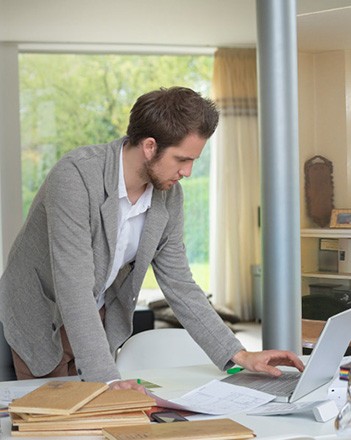Buying a Company Balance Sheet Evaluation
Post on: 2 Июнь, 2015 No Comment

by James Clausen
There are many considerations when buying a small business. One of the most important considerations is the financial stability and strength of the company that’s being purchased. Analyzing the financial statements enables the buyer to determine the financial position related to their personal investment. The three financial statements that should be analyzed prior to buying a small business include the income statement, balance sheet and the statement of cash flows.
Buying a Small Business and Understanding the Balance Sheet
The net worth of a business is an important consideration when buying a small business. The balance sheets main function is to show the net worth of the company. Net worth can also be shown as owner’s equity or retained earnings. The balance sheet is divided into two sections and each section must balance. One section lists the dollar value of the assets, while the opposing section lists liabilities and net worth. The following formula is a simplistic example of what makes up the balance sheet.
Assets – Liabilities = Net Worth
To understand the concept let’s show how this formula works on an individual level. If an individual owns a car (asset) worth $20,000 and the remaining balance on the car loan (liability) is $8,000, the net worth of the car is $12,000. If this example were put on a balance sheet it would read like:
- Asset $20,000
- Liability $8,000
- Net Worth $12,000
Buying a Small Business — Analyzing the Balance Sheet Assets
A major portion of the buyer’s investment is for the purchase of the business assets. The assets as shown on the balance sheet are a total sum of all assets by category. The separate asset categories are usually separated by current assets, fixed assets and/or intangible assets. Before analyzing the balance sheet, it’s best to have a few previous months statements, as well as previous year-end statements on hand.

Current Assets
Current assets generally fluctuate in value from month-to-month. Look for large fluctuations from previous months and years. Question any large discrepancies that are found. Examples of current assets are:
- Cash
- Accounts Receivables
- Inventory
- Prepaid Insurance
- Supplies
Fixed Assets
The value of fixed assets can decrease overtime, generally through depreciation, but do not fluctuate in value like current assets. When analyzing fixed assets, it’s important that the assets are a necessity for producing income. Examples of fixed assets include:
- Land
- Buildings
- Equipment
Intangible Assets
Intangible assets are difficult to put a value on. The most common intangible asset is goodwill. Goodwill is an arbitrary term used for the company’s ability to generate profits. Even though there are methods of calculating goodwill, it is often used as a means to increase net worth. It’s important to keep in mind that goodwill could be inflated in order to get a higher price for the business.
Buying a Small Business- Analyzing the Balance Sheet Liabilities
When a business is purchased, the buyer often assumes the liabilities of the company. The current liabilities should be compared to the current assets. If liabilities are high compared to the assets, this is generally a red flag. When investing in a business, the majority of the current assets that are being purchased should be somewhat clear of liabilities.
When analyzing the balance sheet, make sure that intangible assets do not make up the majority of the net worth. Just as important, make sure that the assumed liabilities are appropriate compared to the company’s assets. Besides scrutinizing the balance sheet, the income statement is an important financial statement for the profitability of the company. The statement of cash flows is another important report of the company’s ability to generate cash.














